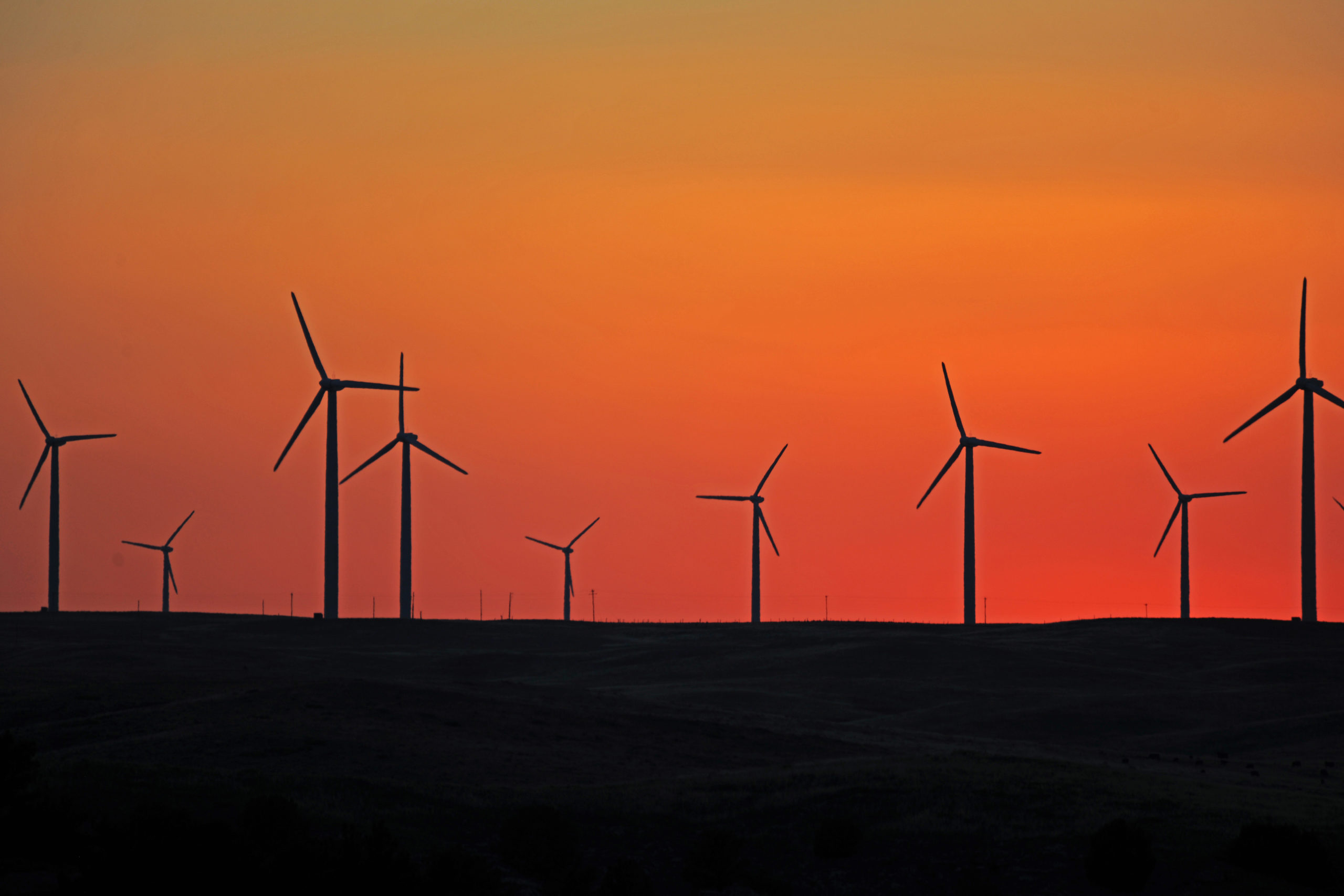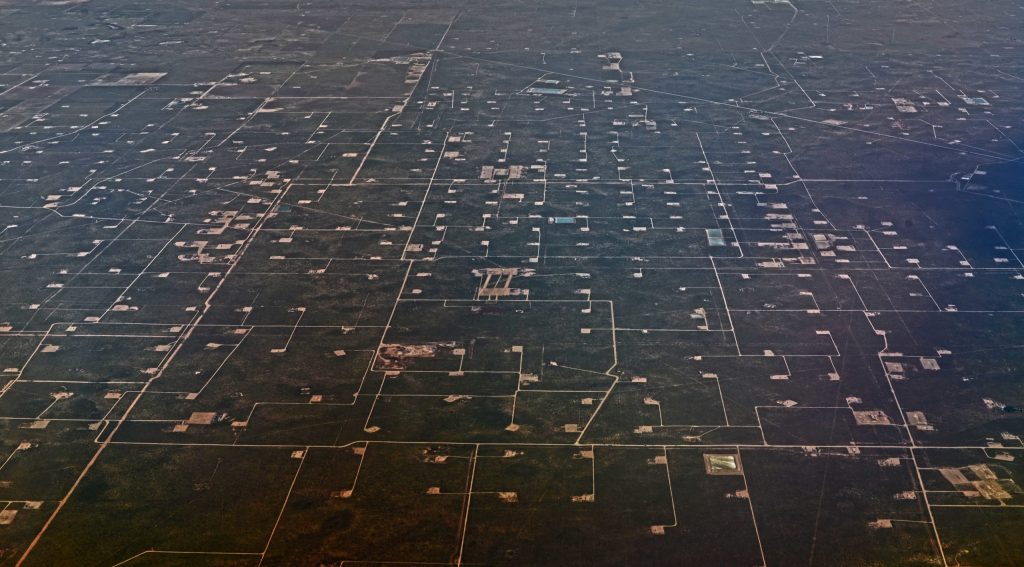Most global land-use change assessments focus on agriculture and urban expansion as the key drivers of land conversion. A new paper published in the journal Ecological Economics finds that energy and mining could convert nearly as much land as agriculture by 2050 – including nearly 80% of all projected expansion into the world’s most intact natural lands.
The Gist
The paper, “Energy matters: Mitigating the impacts of future land expansion will require managing energy and extractive footprints,” features state of the art global modeling that forecasts the expansion of 13 different energy, mining, agriculture and urban sectors based on a business-as-usual scenario that reflects the current trajectories of growth.
A partnership between The Nature Conservancy and the University of Minnesota, the research found that energy and extractive sectors had a large expansion footprint projected to 2050, a footprint nearly as large as the cropland expansion footprint and much larger than the urban expansion footprint. This expansion by energy and mining was also found to have an outsized impact on intact natural lands, suggesting that these sectors will play an outsized role in threats to biodiversity and environmental protection in the near future.
“As the paper’s title says, energy matters,” says Christina Kennedy, co-lead author of the study and Senior Scientist for TNC’s Protect Oceans, Lands and Waters Program. “Our study reinforces that managing the impacts of land-use change on ecosystems will require more comprehensive and cumulative assessments that include energy and extractive sectors, alongside agriculture and urban sectors. This is because the demand for these sectors is only increasing.”
The Big Picture
The paper notes that the demand for energy may increase by more than 20 percent, and global mineral demand may double or triple by mid-century. “If you are talking about an increase in agricultural demand, you can sustainably intensify, meaning you can grow more food on fewer acres. For urban expansion, you can build up instead of out,” says Joe Kiesecker, a lead scientist at TNC. “Energy and extractives expansion presents a bigger challenge, including the increased demand for renewable energy.”
Expansion of renewable energy is necessary to meet climate goals, but that transition also has the potential to use a lot of land. “A wind farm potentially takes up more space than a coal-burning power plant,” says co-lead author Justin Johnson, Assistant Professor in the Department of Applied Economics at the University of Minnesota. “It is a challenge, but the good news is there is so much more flexibility in where renewable energy is sited. You have to site fossil fuel extraction where there are fossil fuels. Renewable energy can more easily be sited on disturbed or degraded lands. This is a topic that we aim to explore in more detail in follow-up research.”
The paper looked at potential conflicts among sectors. It demonstrates that there is a strong possibility that energy and mining development could be disproportionately sited on intact natural areas relative to other sectors, which can increase conflicts with communities and even environmentalists. In fact, across all regions globally, energy and mining was the largest driver of land-use change to low modified natural lands and comprised almost 80% of the impact, except in South America and Africa.
“We have to be proactive in how energy and extractives are sited,” says Kennedy. “Strategic landscape planning efforts, like those spearheaded by TNC’s Development by Design strategy, engage with stakeholders to come up with siting solutions in affected places.”

The Takeaway
Meeting future development demands while also meeting commitments to conserve biodiversity, along with other social and environmental goals, requires planning and implementation tools that evaluate tradeoffs and identify optimal solutions.
“The Nature Conservancy is putting its arms around the development siting issue,” says Kiesecker. “The intention is to site energy and mining in areas that avoid conflicts and also protect natural systems.”
The paper’s authors also state that reducing energy consumption and increasing energy efficiency will be a key component in reducing the energy footprint on intact natural areas.
“It’s not only that energy matters. Land matters,” says Johnson. “We need to be smart about how we expand. But to address this, we will need a full suite of actions, including using less energy and being more efficient with the energy we’re using.”
References:
Justin A. Johnson, Christina M. Kennedy, James R. Oakleaf, Sharon Baruch-Mordo, Stephen Polasky, Joseph Kiesecker, Energy matters: Mitigating the impacts of future land expansion will require managing energy and extractive footprints, Ecological Economics, Volume 187, 2021, 107106, ISSN 0921-8009, https://doi.org/10.1016/j.ecolecon.2021.107106.




Join the Discussion